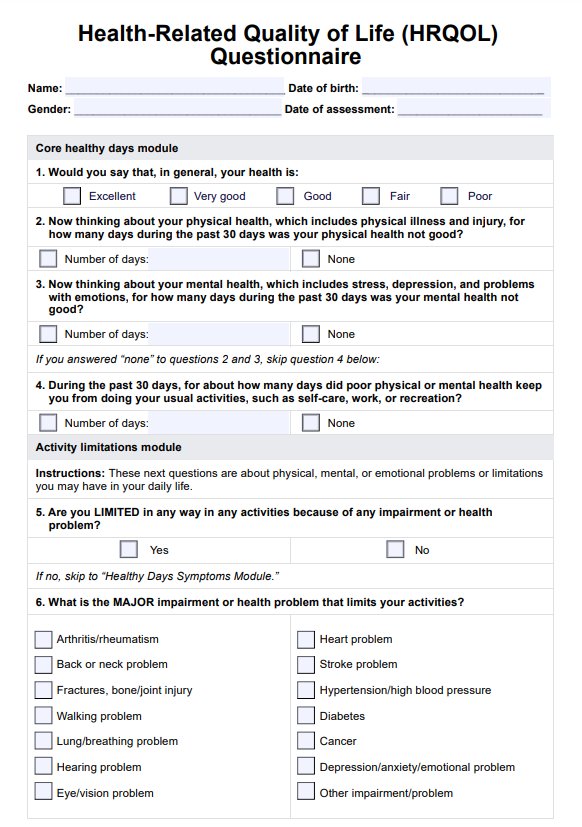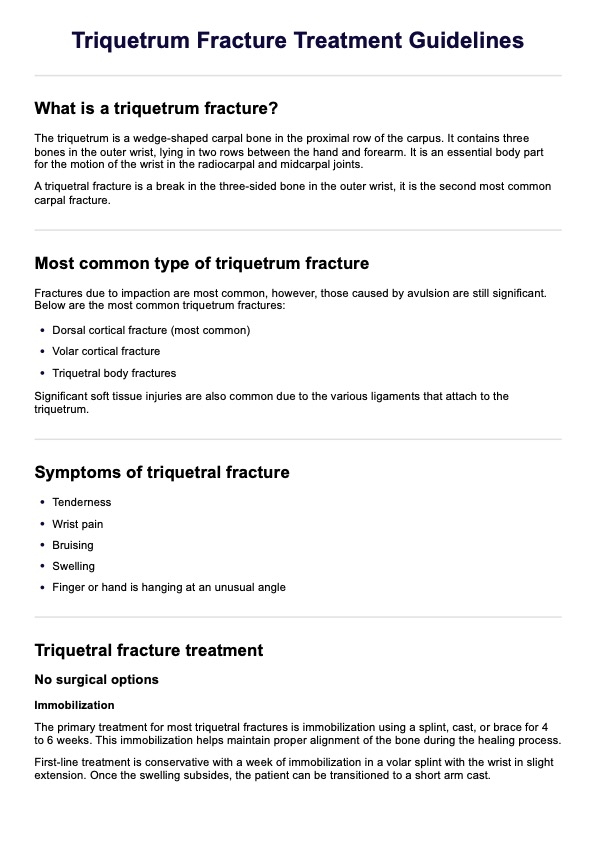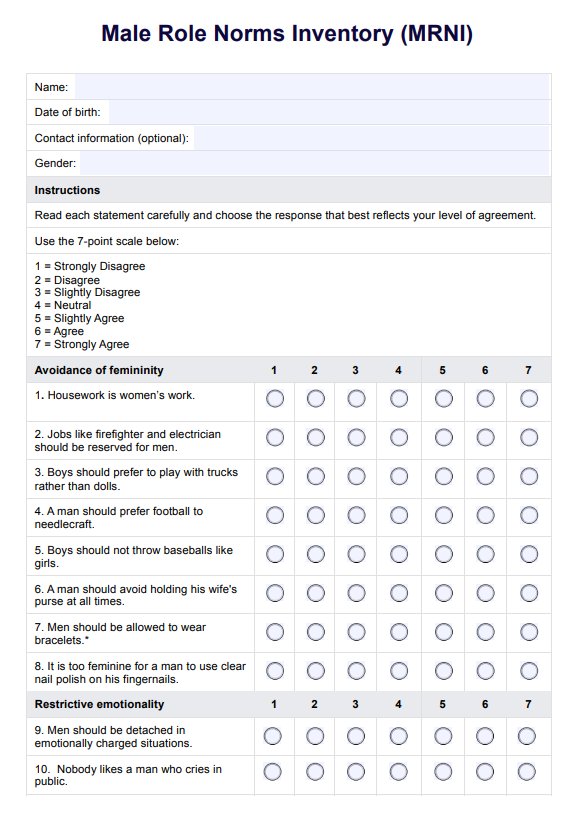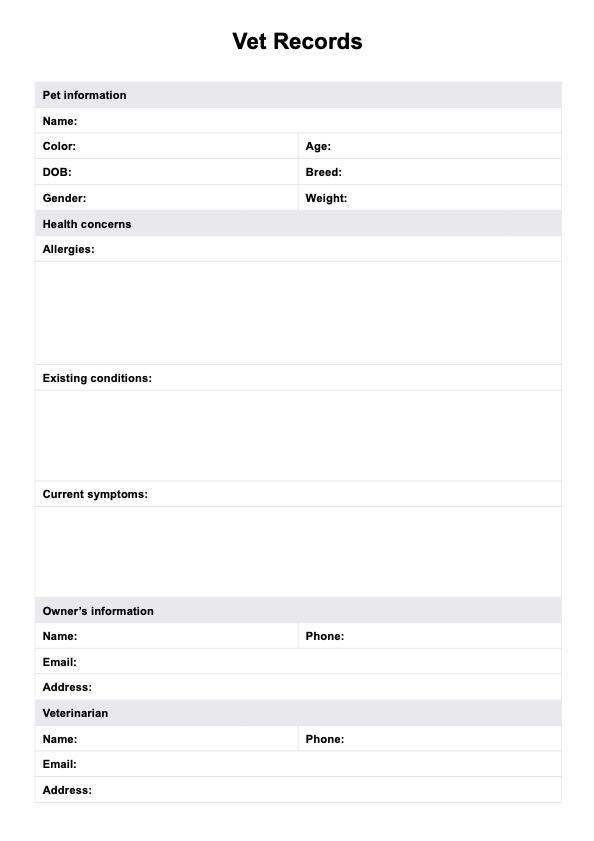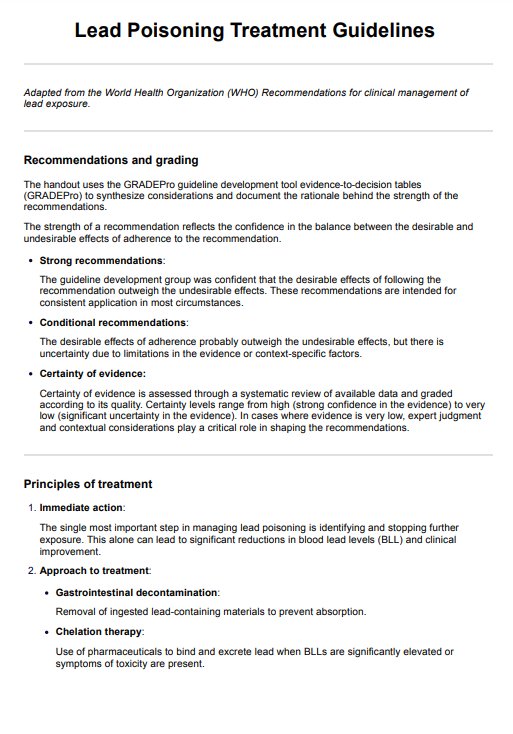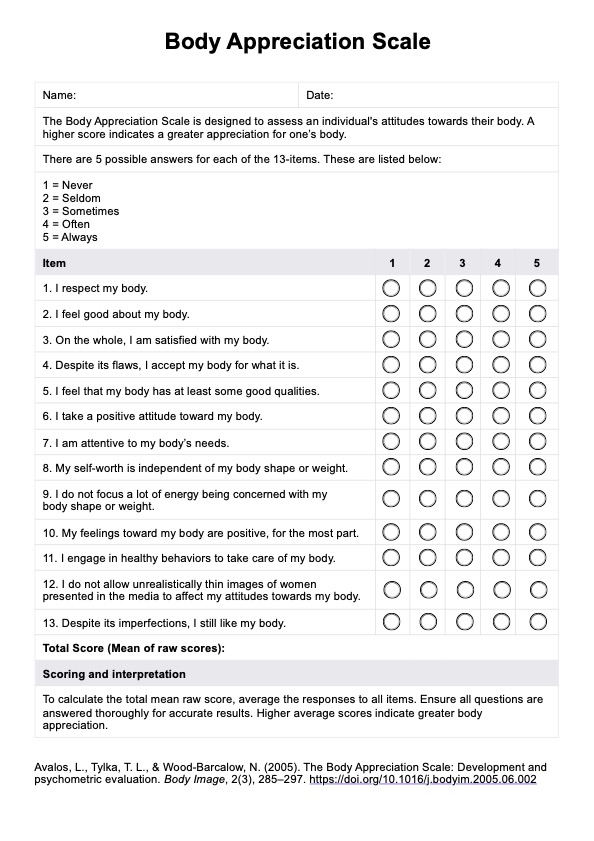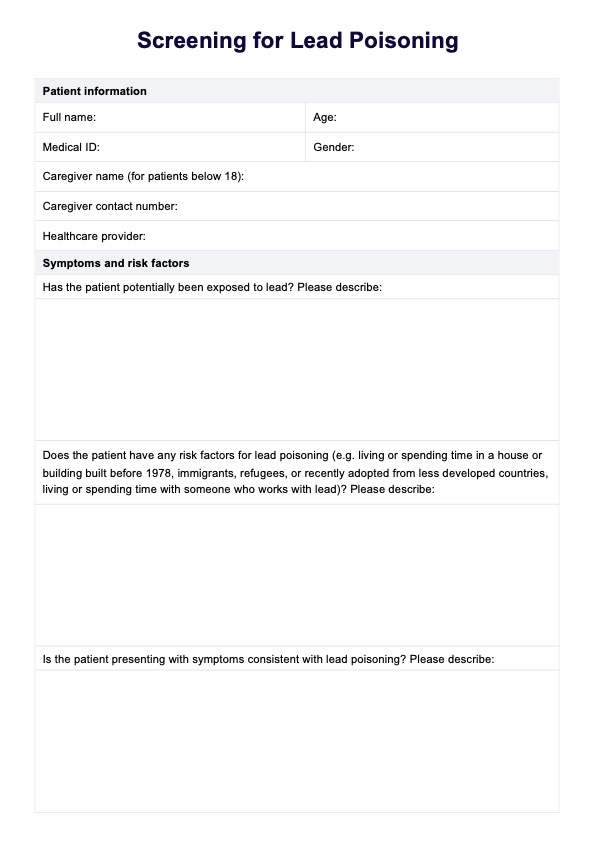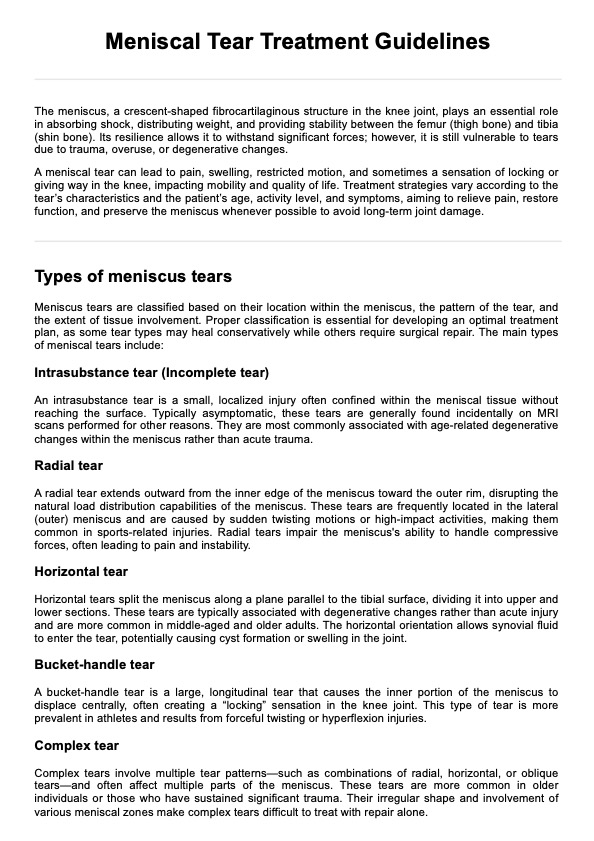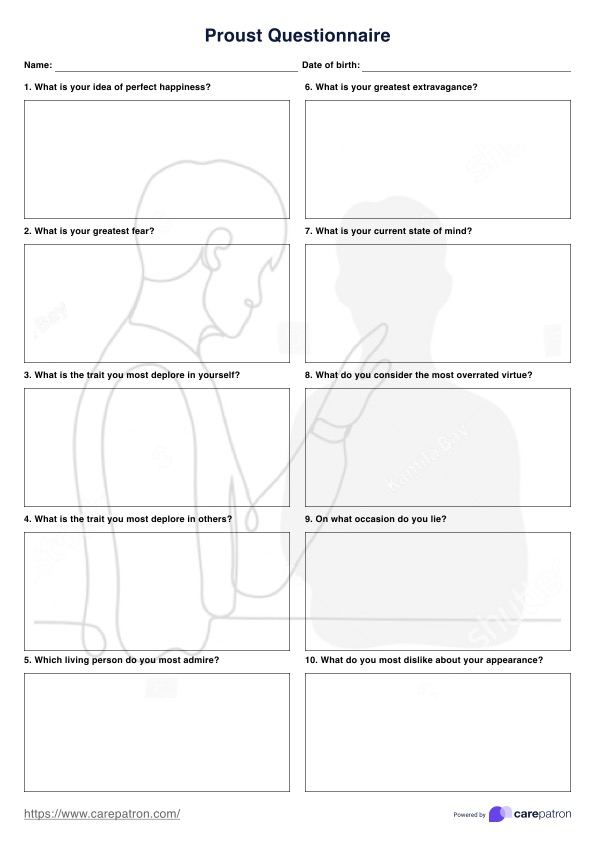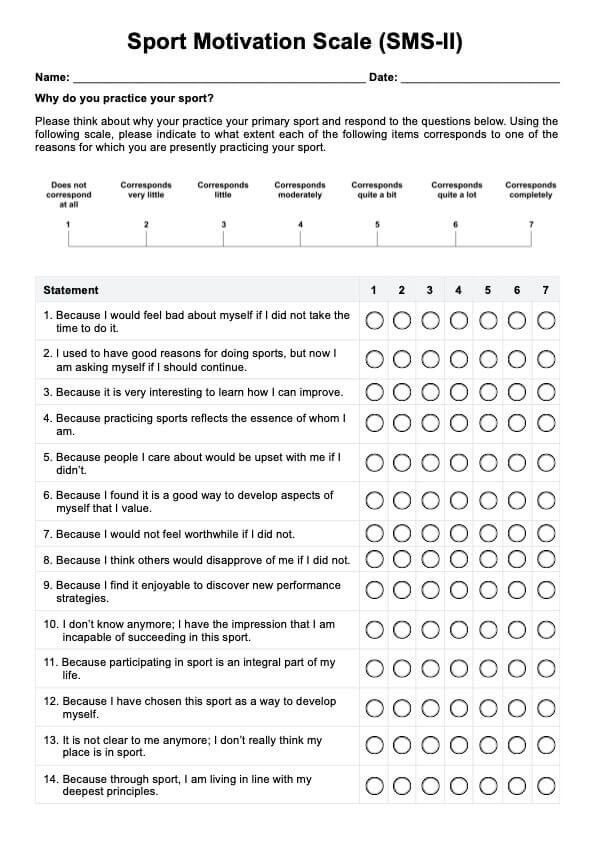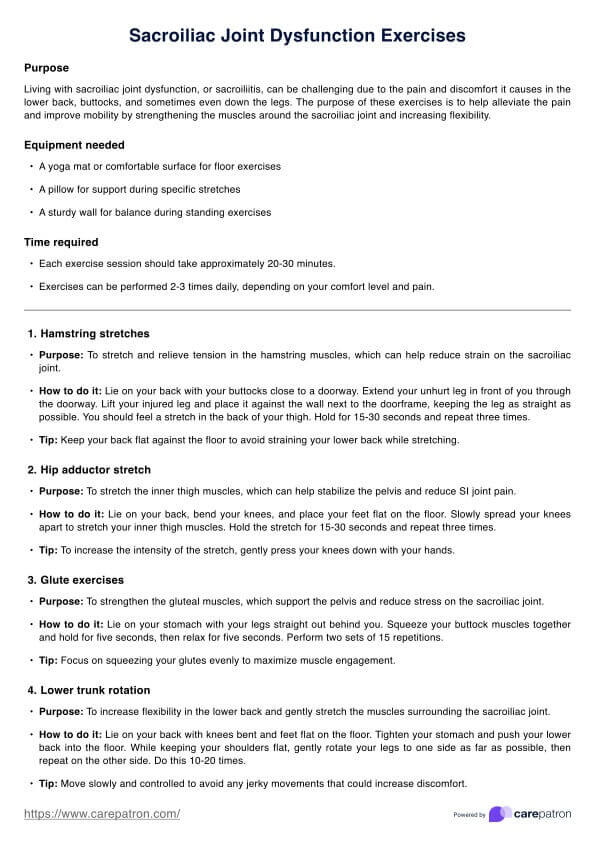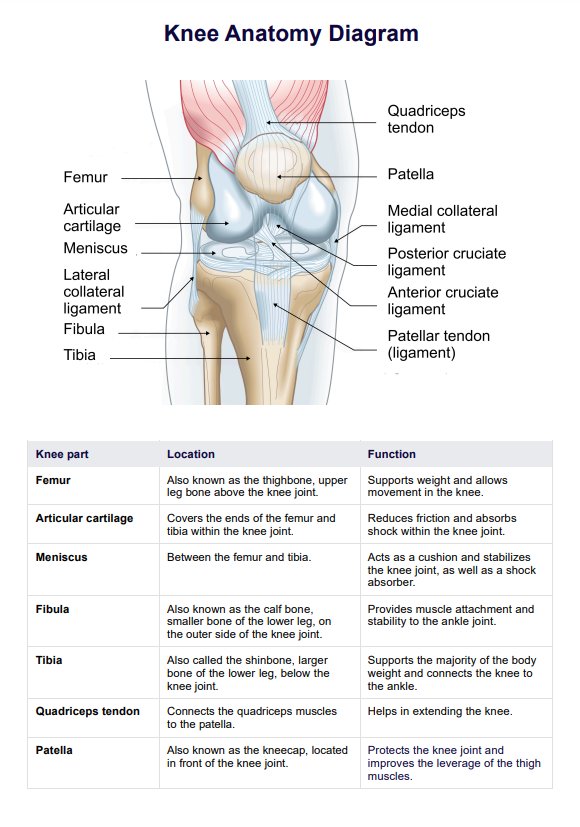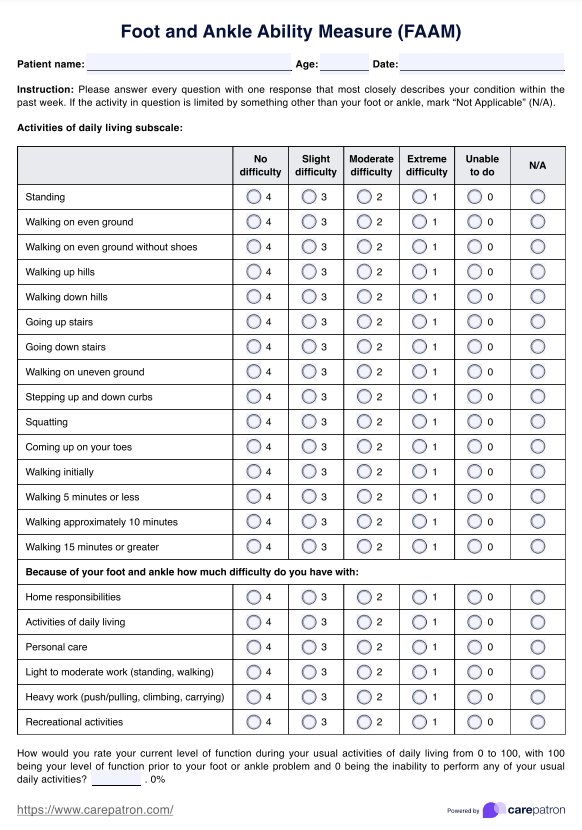Osgood-Schlatter Disease Treatment Guidelines
https://app.carepatron.com/Templates?previewTemplateId=67958e3c-0e59-4903-b410-c105c73f9f22
Learn the benefits of having Osgood-Schlatter Disease Treatment Guidelines on hand by downloading our free template today!


What is Osgood-Schlatter's disease?
Osgood-Schlatter disease is characterized by painful inflammation affecting children and adolescents at the juncture of their front thigh, kneecap (patella) and shin bone (tibia). Healthcare professionals also refer to it as jumper’s knee or growing pains.
This condition predominantly afflicts individuals still in their growth phase, particularly during a growth spurt. Such periods of rapid growth render various parts of a child’s body, including muscles, bones, ligaments, and tendons, more susceptible to stress and strain. While this growth is a natural and vital process, it can heighten the likelihood of irritation from repetitive, everyday stresses. Engaging in activities that heavily move leg muscles and involve the knees, such as frequent sports participation, can exacerbate this irritation, leading to pain and swelling.
Symptoms of Osgood-Schlatter disease
Symptoms of Osgood-Schlatter disease manifest in various ways, serving as indicators of the condition's presence. The main symptoms include:
- Pain, swelling, and tenderness below the kneecap
- Pain that worsens with running, jumping, and climbing stairs
- A visible bony bump below the kneecap
- Limping after physical activity
Causes of this disease
Osgood-Schlatter disease arises from repetitive strain on the patellar tendon and the tibial growth plate due to overuse, particularly during skeletal growth spurts. Contributing factors consist of:
- Participation in sports that entail running, jumping, and sudden directional shifts
- The age range is typically between 8 and 15 years
- Rapid growth spurts
- Tightness in the quadriceps and hamstring muscles
Diagnosis
Diagnosing Osgood-Schlatter disease usually involves looking for common symptoms in teenage athletes, such as knee pain and swelling, especially around the bump just below the knee. Doctors may also press on this area to check for tenderness. Sometimes, they might recommend X-rays to ensure there aren't any other reasons for the pain.
Osgood-Schlatter Disease Treatment Guidelines Template
Osgood-Schlatter Disease Treatment Guidelines Example
How to use our Osgood-Schlatter Disease Treatment Guidelines template
Here are some steps to effectively use our Osgood-Schlatter Disease Treatment Guidelines template:
Review the handout
Thoroughly review the handout to understand the condition, symptoms, diagnosis, and recommended treatments. This will help you explain the condition clearly to patients and caregivers.
Print Handouts for distribution
Print out copies of the handout to distribute to patients diagnosed with Osgood-Schlatter disease and their parents/guardians. Having a physical copy allows them to reference the information at home.
Use the handout during diagnosis discussion
When discussing the diagnosis with a patient, use the handout as a visual aid. Point out the relevant anatomy, symptoms, and causes to help them better understand their condition.
Highlight treatment options
Highlight the recommended treatment options for causes pain, on the handout, such as rest, ice, stretching, and NSAIDs. Explain how each treatment helps reduce pain and inflammation.
Demonstrate exercises
Demonstrate and have the patient practice the stretching and strengthening exercises provided in the handout. Emphasize the importance of doing these regularly as part of their home treatment plan.
Benefits of using this treatment guidelines template
Here are some of the benefits of using this treatment guidelines:
- Clear treatment recommendations: It offers detailed treatment options, such as rest, ice, stretching, and NSAIDs, ensuring patients receive well-rounded care. These recommendations are designed to address both immediate symptoms and long-term recovery.
- Patient education: Our handout enhances patient understanding by explaining their condition in simple, easy-to-understand language. It covers all information about the disease, helping patients feel more informed and in control of their health.
- Easy reference: It allows patients and their families to have a physical copy to refer to at home. This can be particularly useful during follow-up appointments, enabling patients to track their progress and adhere to the prescribed regimen.
- Fully digital: This treatment guidelines template is fully digital, making it easily accessible and shareable through email or electronic medical record systems.
Commonly asked questions
While it may not be entirely preventable, the risk can be reduced by encouraging young athletes to engage in proper warm-up exercises, stretching, and strength training. Ensuring gradual increases in activity levels can also help minimize stress on the knee joint.
The condition typically resolves once the child’s bones stop growing, and most children can return to their regular activities without long-term issues. However, in some cases, a small, painless bump may remain on the shinbone.
If a child experiences persistent pain, swelling, or difficulty walking, it is important to consult a doctor. The doctor may recommend rest and physical therapy to alleviate symptoms and prevent further injury. In rare cases, surgery may be necessary.
















